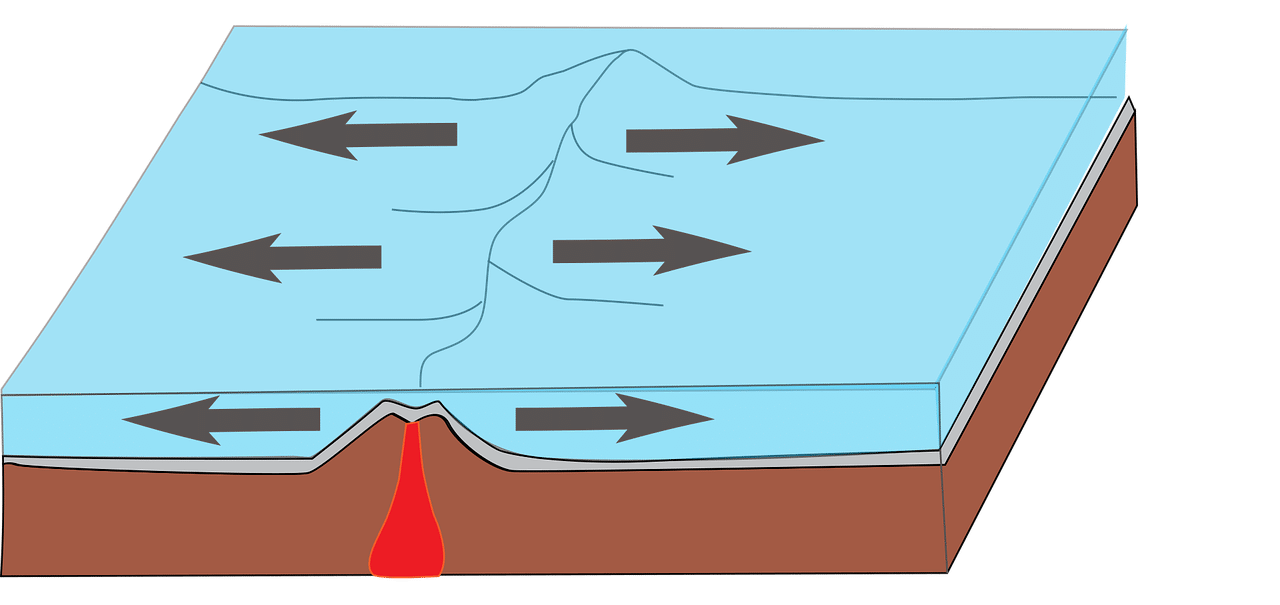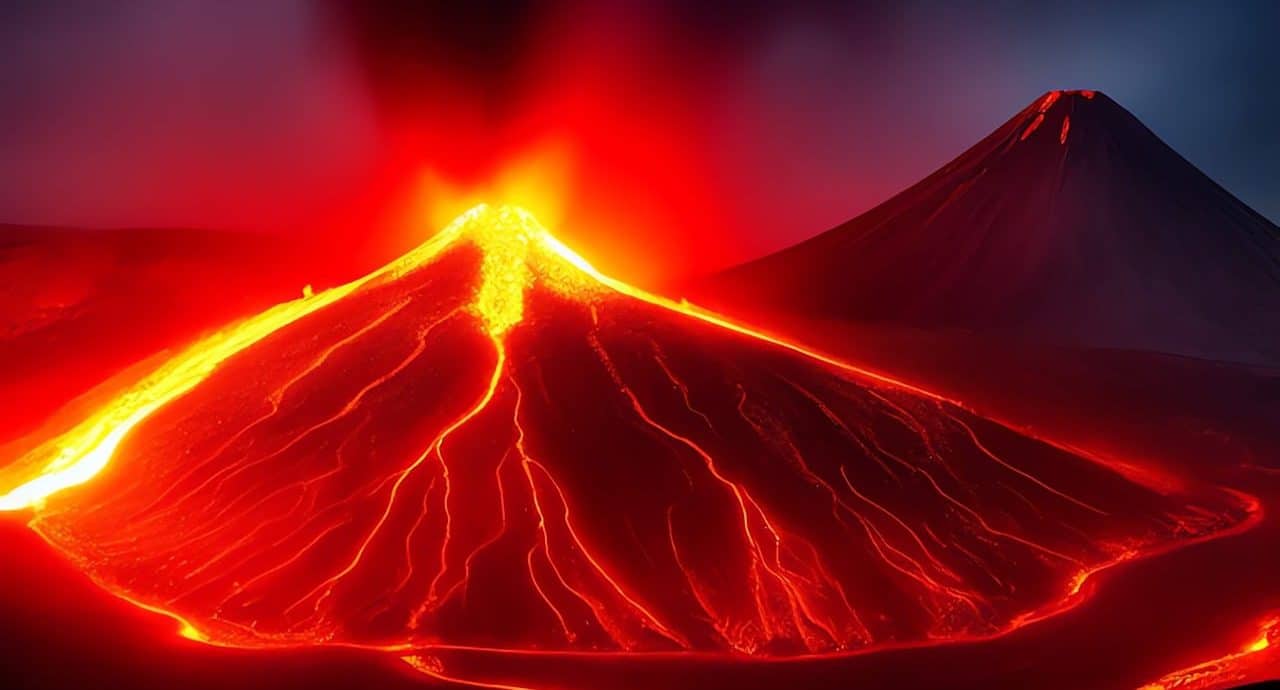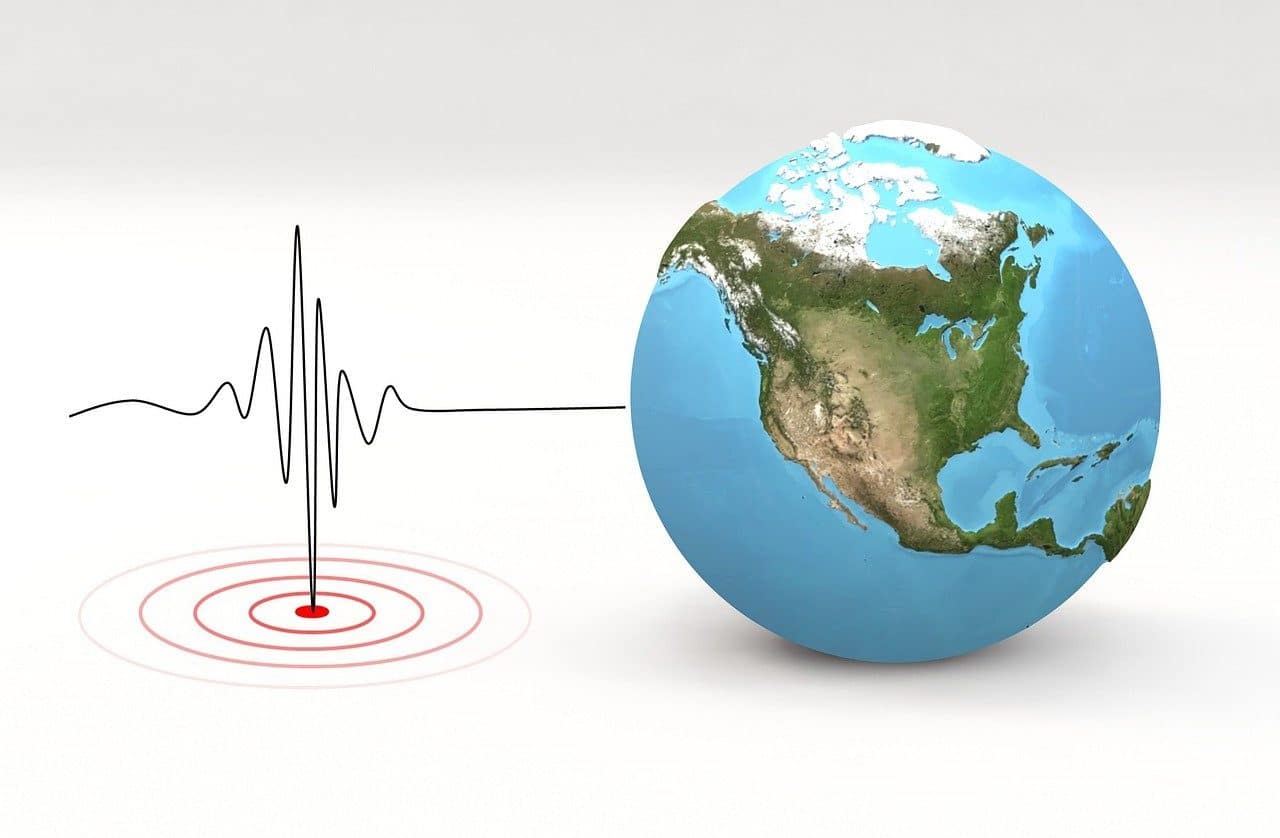
In order to understand what tectonic plates are and how their movements impact our planet, it is essential to first learn what the structure of the Earth is like.
Plate tectonics is an expression that refers to a theory focused on the structure of the lithosphere . This last word is used in the field of Geology to refer to the outer layer of the Earth , a portion that is characterized by being rocky, solid, rigid and cold.
This reasoning is divided into two segments that, together, consolidated this principle. On the one hand, it is enriched by the theory of continental drift that, in 1912 , was developed by the German geophysicist and meteorologist Alfred Wegener . Decades later, knowledge was expanded and improved thanks to the formulation of the so-called ocean floor spreading theory . In order to incorporate this point into the theory of plate tectonics , the investigative work carried out by the North American geologist Harry Hess to substantiate it was essential.
It is interesting to mention that within this content the behavior of each tectonic plate is analyzed, whose movement takes place in the asthenosphere (that is, in the upper area of the Earth's mantle ).
Phenomena associated with plate tectonics
Among the phenomena associated with plate tectonics are tidal waves or tsunamis and earthquakes . The movement of plates in the Earth's crust can also cause volcanoes to form.
The geological process known as orogenesis , linked to the emergence of mountains , is also related to this theory.
The discipline included within geophysics that is responsible for studying seismic waves (responsible for certain movements of tectonic plates ) and earthquakes (whose magnitude is measured through the Richter scale and their intensity, through the Mercalli scale. ) is seismology . Experts in this scientific specialty are responsible for establishing the focus or hypocenter , the location and time of each earthquake. They also examine the particularities of tidal waves and investigate the vibrations that are recorded before a volcanic eruption occurs.
Thanks to volcanology , on the other hand, humanity has the possibility of being aware of the origins, the level of danger that each volcano represents, its structure and its status as active or inactive.

As the activity of volcanoes can be highly destructive, it is important that, in the event of a volcanic eruption, people who are relatively close to the area know and implement safety measures to minimize risks and be able to remain safe.
In terms of volcanic eruptions, it is important to highlight that there are multiple varieties, the main ones being effusive eruptions and explosive eruptions . Beyond these classifications, it is possible to differentiate between phreatic eruptions (characterized by an explosion of materials as a result of a sudden heating of water that results in the production of steam whose pressure is extremely high), phreatomagmatic eruptions (phenomena detected in groundwater, lakes or seas as a result of the direct interaction between water and magma , which can be a surtseyan, submarine or subglacial eruption ) and magmatic (those in which the magma erupts in the form of pumice stone , ash or lava , with multiple subcategories existing in this set).
Interesting facts about plate tectonics
When searching for data of interest about tectonic plates, information related to their discovery, their characteristics and their varieties comes to light. It is possible to learn, for example, that on our planet, Earth , they are active but the same does not happen on Venus or Mars , for example.
You also come to know that there are oceanic plates (such as the Nazca plate , the Pacific plate and the Philippine plate ) and mixed plates (such as the cases of the Eurasian plate and the South American plate ). Investigating in greater depth reveals details about main (or major ) plates and others classified as secondary (also defined as minor tectonic plates ). Within the first of these groups appear, in addition to some of the lines mentioned above, the Antarctic plate that spreads across Antarctica and extends below the border oceans and the immense North American plate whose surface area is approximately 70 million. of km2. The Easter , Panama , Burma and Anatolian plates, among others, are considered minor plates .
Another point of attention in this regard refers to the plate boundaries , being able to recognize the convergent boundary , the divergent boundary and the transforming boundary .

Earthquakes, depending on their origin and magnitude, can cause volcanic activity, tsunamis or some displacement of the Earth's crust, among other consequences.
Impact of plate tectonics
Beyond knowing what the theory of plate tectonics consists of, it is appropriate to investigate the impact that global tectonics has on vital development, natural resources and meteorological issues.
If we focus on the connection between plate tectonics and the evolution of life , to propose a specific option, we will arrive at reports and articles that demonstrate the relevance of this link. These publications point out that tectonic activity , the movement of tectonic plates , is decisive for the creation of hydrothermal vents that are located on the seabed and different habitats, the renewal of the Earth's surface and, ultimately, to guarantee that our planet becomes habitable.
On the other hand, we cannot fail to mention that there are scientific forecasts that indicate that, in more than two hundred million years, the Earth will have a very different appearance from its current appearance as a result of the incessant movement of the continents due to the action of the mobility of the plates .
